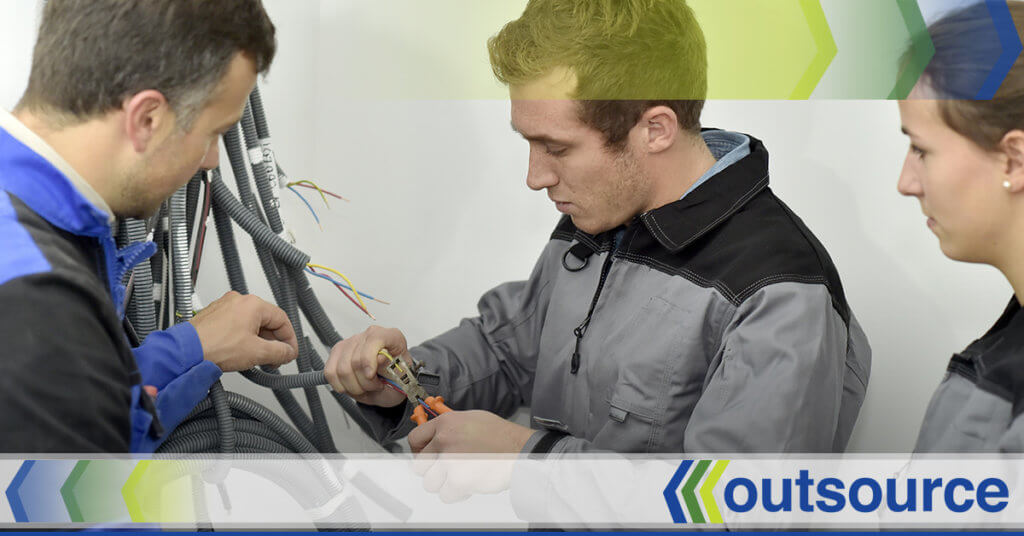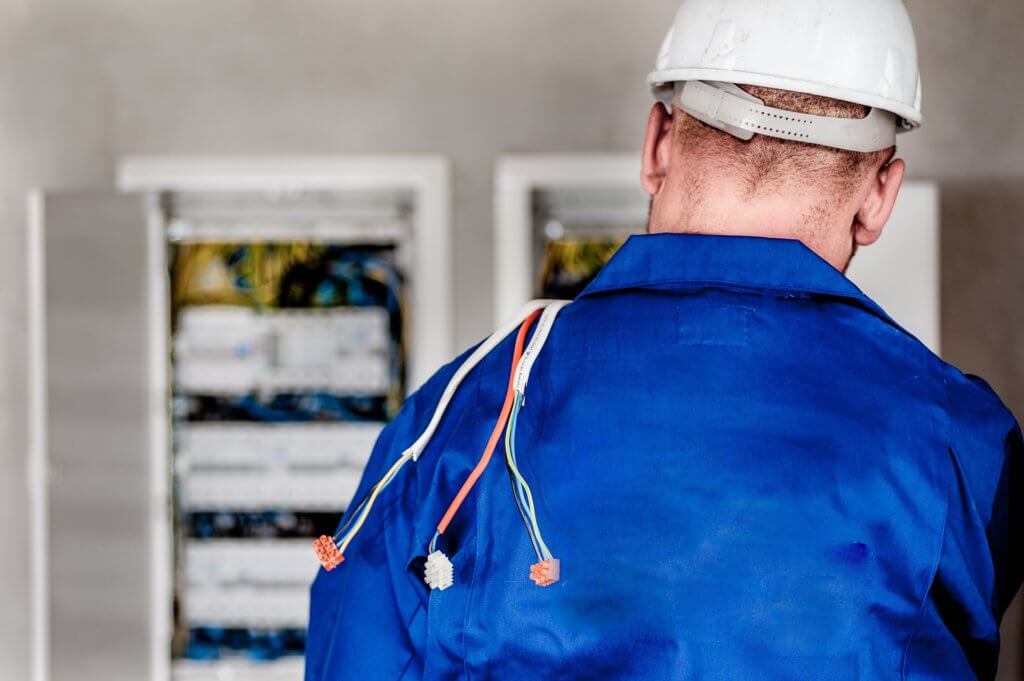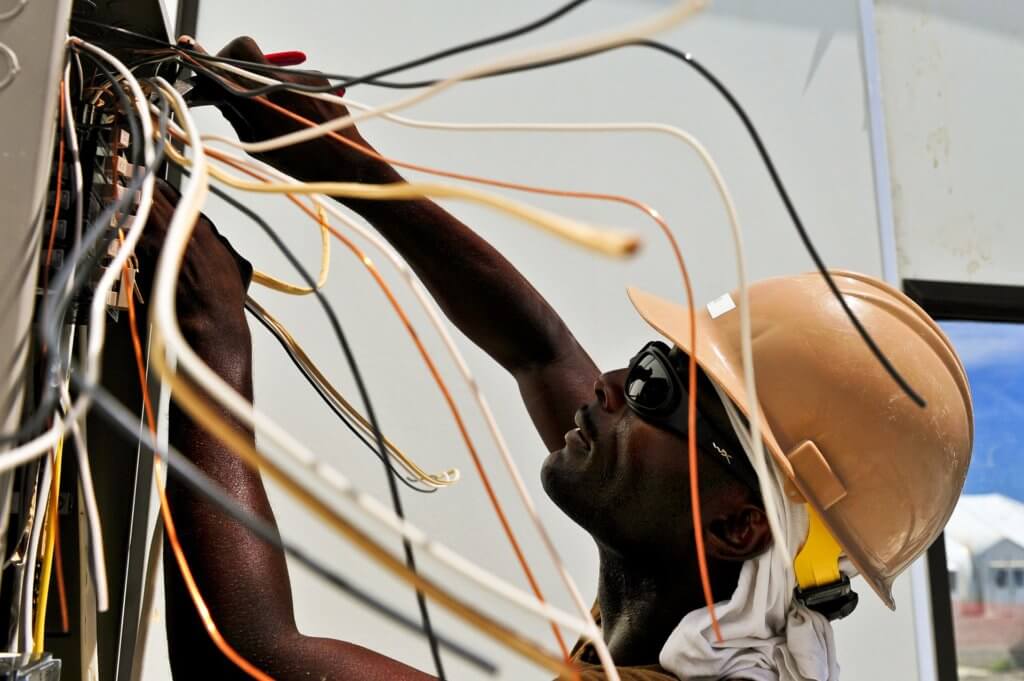
The Occupational Safety and Health Administration (OSHA) was founded in 1971, and during those 48 years, it has helped reduce workplace fatalities by 66%. Because of its training and safety requirements, it has been responsible for saving thousands of lives.
Since construction workers have a fatality rate that’s larger than other industries, and since many skilled electrical workers end up in the construction industry, OSHA-10 training takes on added significance.
OSHA has identified four hazards in the construction industry that cause almost 80% of the worksite fatalities. They include the following hazards:
- Falls: The deadliest of the dangers, falls account for 34% of all deaths.
- Caught in or between: Caught-in or between injuries occur when a worker is squeezed, caught, crushed, compressed, or pinched between parts of an object or several objects.
- Struck-by: This category includes all fatalities resulting from flying objects and those that move, fall, roll, and then strike a worker.
- Electrocution: Training for electrical hazards focuses on de-energizing circuits and then ensuring that no charge remains.
Why choose the OSHA 10 course?
Some business owners and managers initially question the effectiveness of a 10-hour course. Even though it’s short, the OSHA-10 program covers a variety of topics taught by industry experts and customized to fit your employees’ needs.
For example, if you send workers from the electrical industry, the instructors might focus on lockout/tagout training or provide instruction on arc flash prevention. The training has the added benefit of making your workers proactive in asking supervisors about safety practices before performing a hazardous task.
The OSHA 10-hour safety course helps workers identify, avoid, and correct on-the-job hazards. They learn to prevent electrical dangers they might not have known existed. The program is an affordable way toward a company culture of workplace safety.
What are some of the areas the training covers?
Of course, the training covers the four hazards that were touched upon earlier, including fall prevention, electrocution, struck-by, and caught-in, plus personal protective equipment, hazardous materials, electrical and chemical safety, and machine safety.
Because there is a reduction in workplace accidents from the OSHA-10 program, workers, businesses, and taxpayers save money.
The OSHA-10 certification is available through Outsource.
Are you looking to hire some quality workers this fall?
Give us a call, and we’ll work with you to find them. Contact the professionals at Outsource. We are the largest staffing firm in the nation specializing in the placement of low voltage and electrical talent.

Discover The Power of Real Partnership
Let's talk about the world of possibilities and how we can partner to make them a reality.
Our Latest Resources
What's new in the world of work? Check out the latest highlights, including staffing trends, top insights and more.
Be Ready to Answer These Questions at Your Next Job Interview
Whether this is your first job interview or you've done several already, you will probably find yourself with a case of nerves as it begins...
Maneuvering Your Job Search Through a Pandemic
A global pandemic means times are uncertain, stressful and even a bit frightening. While the COVID-19 outbreak has not only caused a health crisis it has also caused an economic crisis as well...











